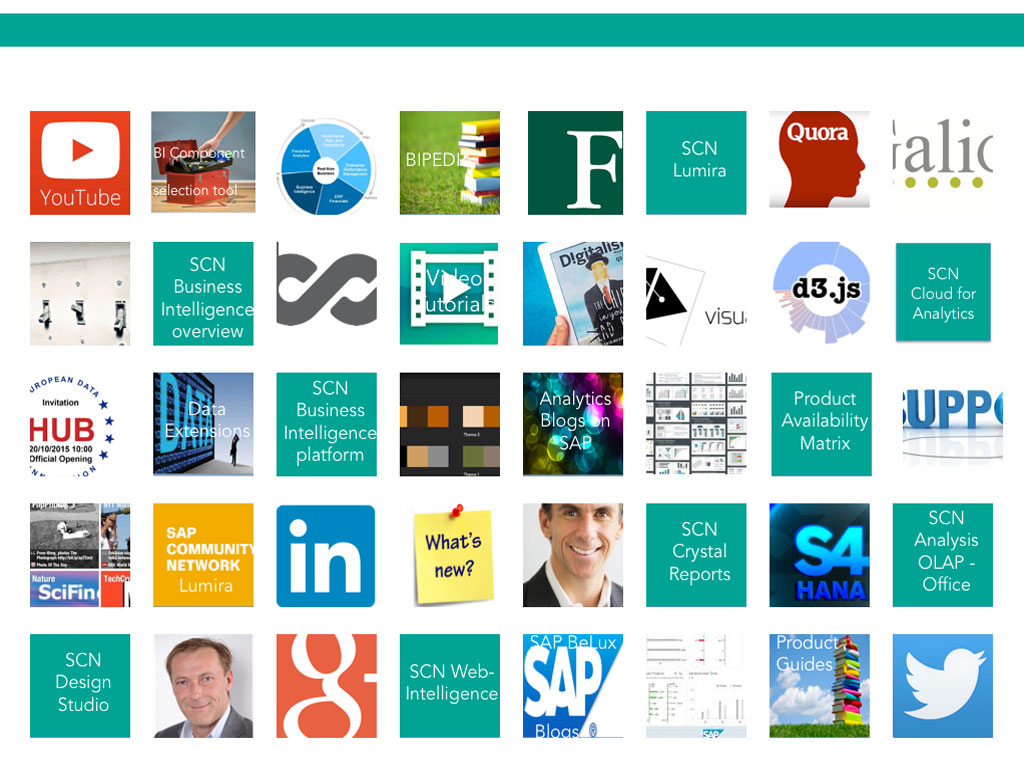By Paul Pallath, PHD, Chief Data Scientist & Director Advanced Analytics, SAP
In my previous Predictive blog, I introduced four main considerations that organizations need to keep in mind when they’re beginning that journey. Today, I’ll cover them in more detail.
1. How Do We Measure Business Value and Return on Investment?
An advanced analytics solution must make a measureable impact. If not, the solution doesn’t get noticed, never mind appreciated. This holds even more true, if the return on investment (ROI) can’t be realized as a significant opportunity to drive business growth or new market opportunities.
Take the example of a marketing campaign. The ROI is in having the intelligence to target the customers who are likely (if persuaded) to buy your product rather than finding customers who would have bought the product without any marketing required.
An advanced analytics solution will be short-lived if it creates a “wow” effect, but nothing else. The solution must generate recurrent value, revenue, and business opportunities.
2. How Do We Use Advanced Analytics Effectively?
For your business, good questions to ask at the start of the journey are:
- Is the enterprise truly digital?
- Is there a single source of truth of all the data that is generated/captured by various functions of the enterprise?
These questions are important considerations. Why? Because businesses often approach advanced analytics in an ineffective manner.
Remember, advanced analytics drive value to every business function, be it marketing, finance, human resources, and so on. However, enterprise functions want often to embed advanced analytics into their business workflow and embark on advanced analytics initiatives in silos. Though there is value in doing so, the results can be underwhelming.
This is because they’re using adoptions of various technologies, methodologies, practices to address the use cases that might exists— but without an enterprise-wide vision for advanced analytics. Therefore, walls rather than bridges are built between the various functions.
The problem becomes self-perpetuating. With increasing adoption of advanced analytics solutions in various business units, the business as a whole finds it difficult to consolidate all the activities into a central initiative and have proper discipline and governance.
The solution is to create the vision and execute it across all functions— even if the pilot starts from one or two activities. The functions must agree that advanced analytics is an enterprise-wide mission. Leadership must demonstrate belief in an analytics-driven business that it is going to provide competitive advantage. In this way, advanced analytics becomes a true company asset.
3. Is Advanced Analytics Just Another Technology Project?
Advanced Analytics is not just another technology project. If considered to be a technology project, the business understands only the technical feasibility and not its business impact.
As mentioned, an advanced analytics initiative is the means by which a business gains a competitive advantage. It follows that outcomes provide the data to help make well-informed decisions.
A lesser or confined approach is a step in the wrong direction. There is no ROI associated with technology-only thinking, because no tangible results are expected as an outcome. An initiative to embrace advanced analytics must be inseparable from your business strategy.
4. Is Big Data Equal to High Quality Insight?
Big Data is not equal to high quality insight. A traditional business approach is to think, “We’ve captured huge amounts of data, but how do we make sense of it?” This is a wrong start.
The right approach is to start with a business question in mind. That way, you can ask if the data that you have is sufficient enough to provide the answer.
These are several pieces of the puzzle that need to be put together for one to find meaningful, actionable insights from the data. This is, after all, the quest that we embarked on.
As we now know, advanced analytics is about business change, insight and value.
“The combination of some data and an aching desire for an answer does not ensure that a reasonable answer can be extracted from a given body of data”-Sunset salvo. The American Statistician 40 (1).
Follow Amick Brown on LinkedIn for the best SAP Analytics and Reporting topics.











